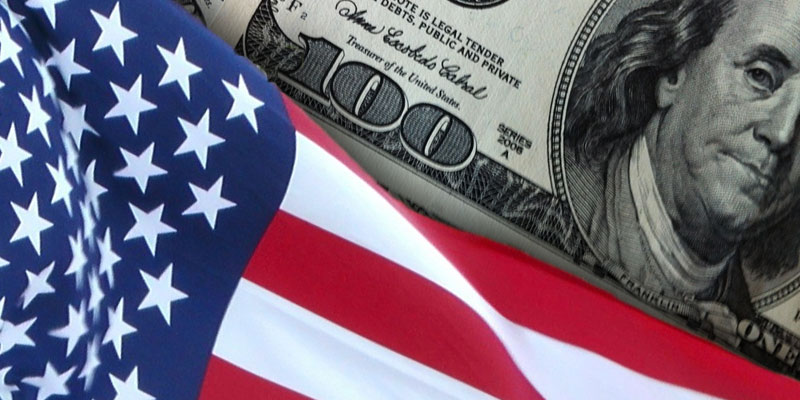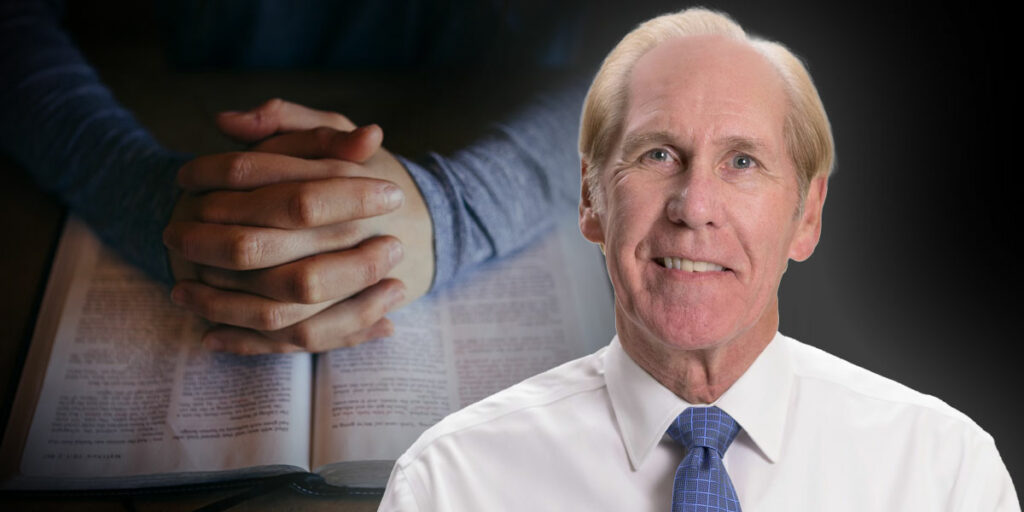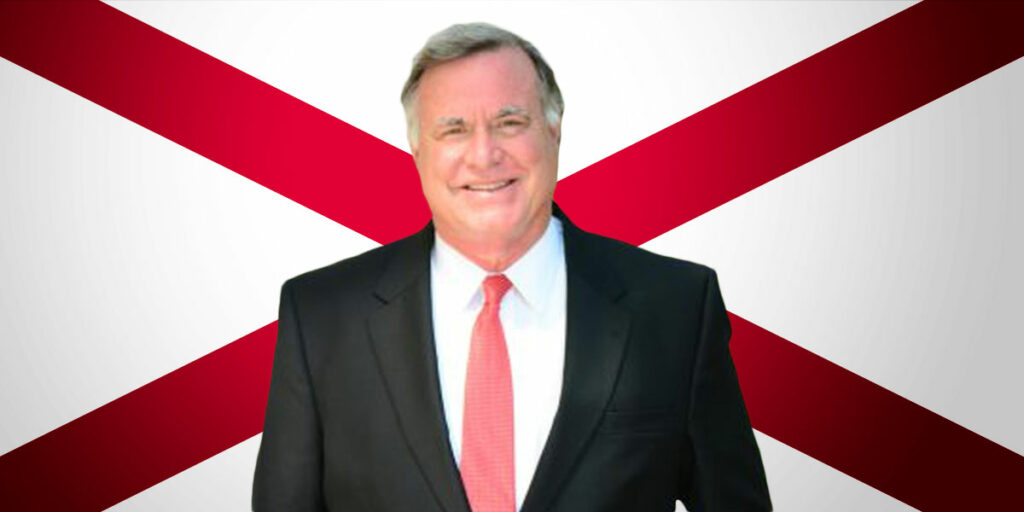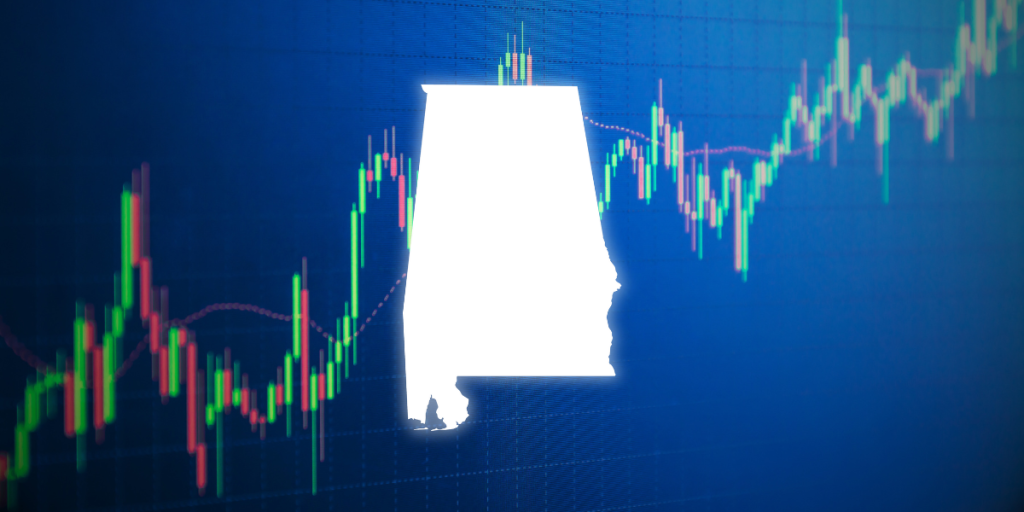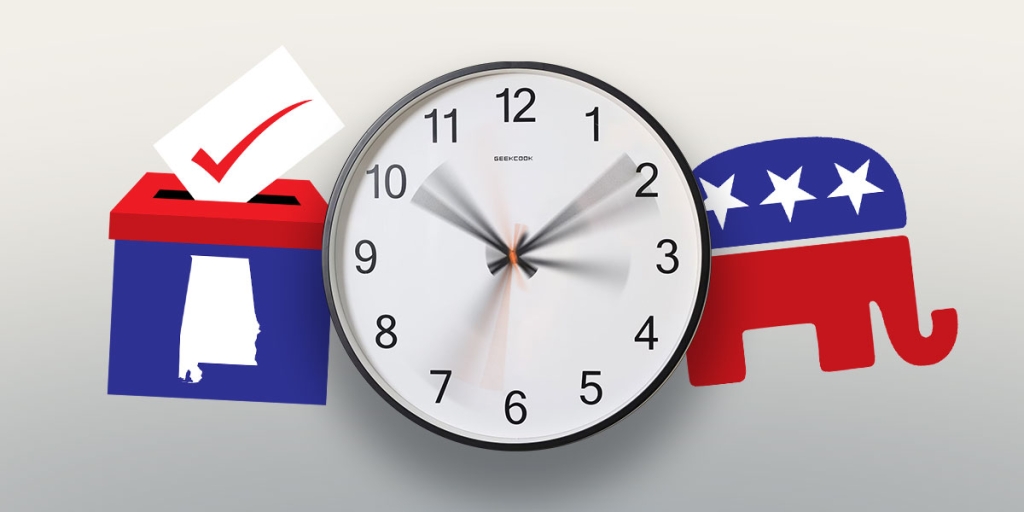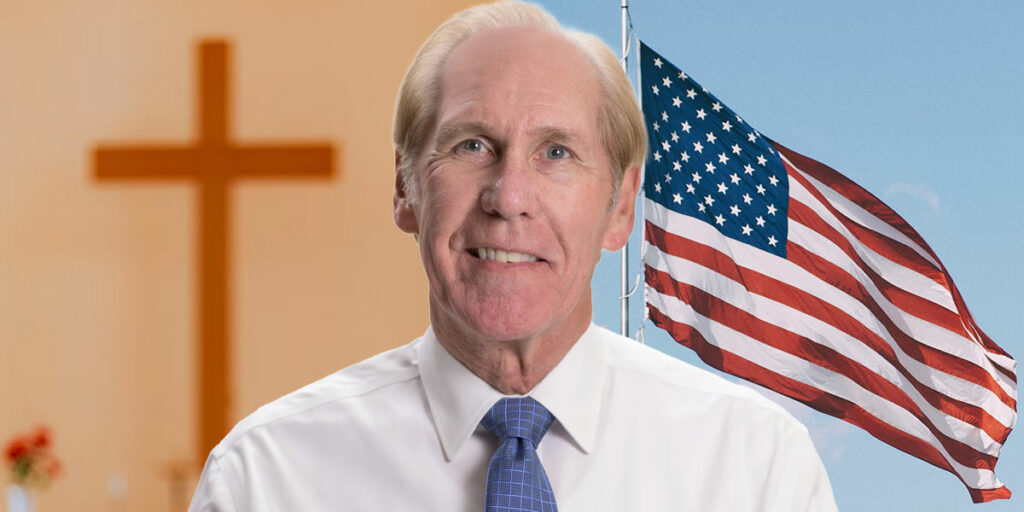Whether the rich pay their fair share of taxes remains contentious. Regardless of your position on this, accurate numbers on the rich’s current tax burden should inform this discussion.
I will consider percentages of Federal individual income tax revenue from Tax Foundation analysis of IRS data. These numbers are sometimes inaccurately described as of all Federal taxes. But Americans who pay no income tax still pay payroll and gas taxes.
The top one percent of earners in 2021 paid 46 percent of income taxes. For comparison, these filers collectively earned 26 percent of income in 2021, so they pay more in taxes than they receive in income.
The top one percent’s share of taxes is increasing. In 1980, they paid only 19 percent of income taxes. Remember that the earners in the top one percent changes from year to year.
If you believe the rich should pay more, you probably favor raising top income bracket rates from 2021’s top rate of 37 percent. Yet top earners did not pay more when top rates were higher. The top tax rate in 1980 was 70 percent when top earners paid 19 percent of taxes, less than half the 2021 share.
Two contrasting economic perspectives exist on the top one percent’s increasing share of income taxes.
The first is the Laffer Curve named for economist Arthur Laffer, a leader of the “supply side” economics movement influential with President Reagan. The curve graphs tax revenue against the tax rate, for simplicity assuming one tax rate as opposed to the current schedule of different rates.
Revenue is necessarily zero with a tax rate of zero and then increases as the rate increases. But at some point, a higher tax rate reduces revenue as people work less due to lower take home pay. Revenue should reach a maximum at a tax rate less than 100 percent, which is uncontroversial.
Supply side economists controversially claimed that the United States in the 1970s had exceeded the revenue maximizing tax rate. Lower tax rates would spur economic growth and increase tax collections. President Reagan cut the top tax rate from 70 to 50 percent in 1981 and then to 28 percent in 1986.
Our system of multiple tax brackets and rates complicates evaluating the supply side claim. Yet in 1988, Reagan’s last year in office, inflation-adjusted income tax revenue was 20 percent higher than in 1980.
Economist Thomas Piketty, author of Capital in the Twenty First Century, offers a different perspective. Piketty and co-author Emmanuel Saez found a significant increase in income inequality beginning in the 1980s as estimated from IRS tax returns. Professor Piketty argues that high top income tax rates limited inequality from the 1950s through 1970s.
Tax return income data is unreliable if taxpayers hide income to avoid taxes. Lower tax rates encourage productive investment and payment of taxes over tax shelters. My Johnson Center colleague Steve Miller observed a significant jump in Piketty and Saez’ measure of inequality in 1987. Gradual forces like increased CEO pay or accumulating wealth cannot explain such an immediate jump.
Economists also directly measure tax progressivity, or how the average tax rate increases with income. Kennesaw State’s Timothy Mathews found that all the major measures characterize the Federal income tax as much more progressive today than in the 1960s or 1970s, contra Piketty’s argument.
The major concern with income inequality is, in my opinion, how people get rich. Do they provide value to consumers or profit from government coercion, or what is called rent-seeking?
Many economists believe that top earners profit from government more than productive activity. Princeton’s Anne Case and Angus Deaton call this reverse Robin Hood redistribution, and particularly prevalent in healthcare and pharmaceuticals. In a paper defending the one percent, Harvard’s Gregory Mankiw acknowledged the likely existence of rents in finance.
Rent-seeking does not create a growing, prosperous, and fair economy. But we need not tax all high incomes heavily, just ensure that the highest incomes are earned through market productivity.
Daniel Sutter is the Charles G. Koch Professor of Economics with the Manuel H. Johnson Center for Political Economy at Troy University and host of Econversations on TrojanVision. The opinions expressed in this column are the author’s and do not necessarily reflect the views of Troy University.




